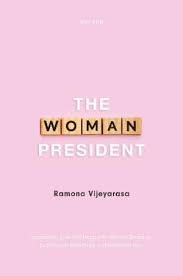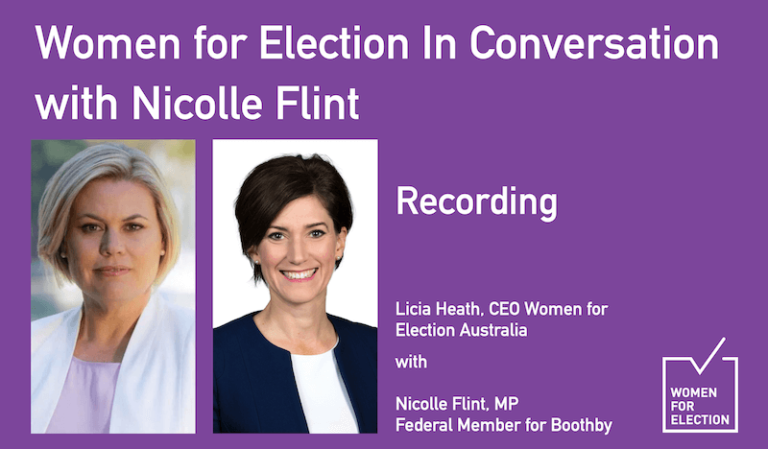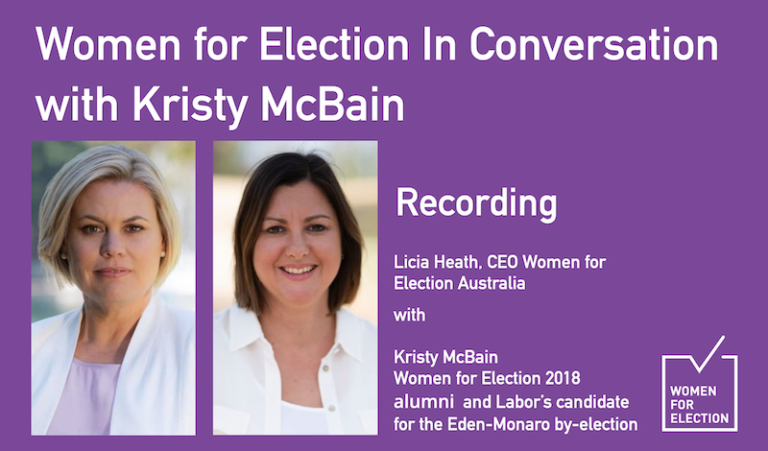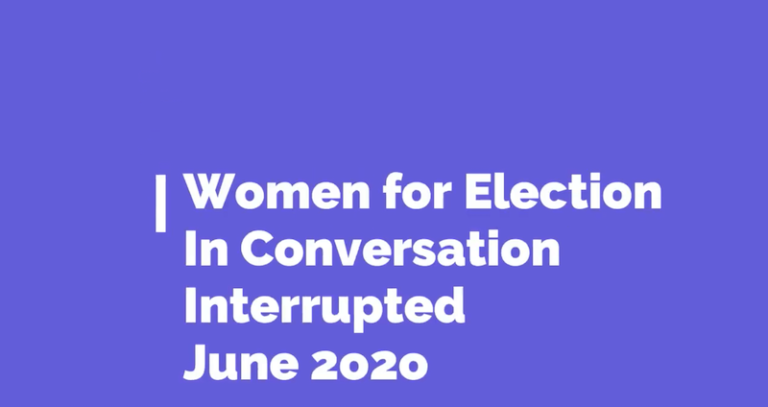Dr Ramona Vijeyarasa ‘In Conversation’
We all know that women are under-represented at every level of Government in Australia. Women make up…
At Women for Election we are thrilled that a record number of women have taken their seats in the House of Representatives with the 47th parliament sitting for the first time this month.
But when we look globally, too much attention is paid to the absence of women leaders around the world rather than their presence This leaves a knowledge gap when trying to understand the difference women leaders make on the lives of other women and girls.
So, it is timely that Ramona Vijeyarasa joined our In Conversation series in July to discuss her global learnings on women’s political leadership, explored in detail in her new book “The Woman President.”
 Not only does Ramona share our mission that more women in politics is key to tackling gender equality, her book is the first ever study that links women, law and leadership. It assesses the differences that having a woman leader makes on the lives of fellow women by analysing the legal legacies of four women presidents: Corazon Aquino (1986–1992), Gloria Macapagal Arroyo (2001–2010), Megawati Sukarnoputri (2001–2004) and Chandrika Bandaranaike Kumaratunga (1994–2005).
Not only does Ramona share our mission that more women in politics is key to tackling gender equality, her book is the first ever study that links women, law and leadership. It assesses the differences that having a woman leader makes on the lives of fellow women by analysing the legal legacies of four women presidents: Corazon Aquino (1986–1992), Gloria Macapagal Arroyo (2001–2010), Megawati Sukarnoputri (2001–2004) and Chandrika Bandaranaike Kumaratunga (1994–2005).
With women leaders being an under-studied group and with the law profoundly important in advancing women’s rights, “The Woman President” brings together these two domains to become the first-ever comparative study of women’s leadership and the law.
“The Woman President” points out that women have never accounted for more than 15 per cent of the world’s presidents and prime ministers around the world. Today, only 28 women worldwide are leading a country.
Ramona suggests that when it comes to evaluating the ‘gender performance’ of the few women who lead executive office, the natural response is to conclude that they did little for fellow women. Their elite status and distance from the women they lead, combined with their competing political priorities in often highly patriarchal political systems, leaves many thinking that “She could do, and did do, little for fellow women.”
Ramona mentions in her book that gender is a double-edged sword: That gender at times hinders leadership but it can also aid a woman’s rise and contribute to her power and legitimacy as a leader. Ramona pointed out that women presidents have a mixed gender record, particularly on issues such as reproductive rights and non-discrimination and equality at work.
The book evidences the global phenomenon that female leaders have more to juggle than their male counterparts. It also shows both consistencies and inconsistencies in how female leaders present gender issues in international policy-making and foreign policy.
Ramona’s findings also challenge and expand our understanding of what constitutes a woman’s issue, analysing labour law reform, democracy, anti-corruption, poverty-alleviation and pro-peace interventions, alongside more oft-considered terrain such as gender-based violence, reproductive rights, gender equality quotas and women’s rights at work.
At WFE we strongly believe that political education and participation are key aspects of achieving gender equality in our legislative chambers. We must have more lived, diverse experience in our Parliament’s to enable the creation and implementation of policy that better supports and reflects the needs of all Australians. The full and active participation of women in our legislative chambers, equal to men, is not just a goal in and of itself, but central to building and sustaining a healthy democracy.
One of Ramona’s key findings was that laws in certain fields may be enacted at a faster pace when women lead, particularly when it comes to issues like gender-based violence. Women advocates and women’s movements mobilise more resources and at a faster pace to exploit a seeming ‘window of opportunity’ to push for the passage of ‘women-friendly’ laws when a woman leader is at the helm.
Ramona’s book also offers important insights into the institutional and social mechanisms that enable women leaders to lead for women, including women’s movements, women legislators, women bureaucrats and global networks of women presidents and prime ministers.
Once women enter Parliament, the main role is to legislate. The tools set out and applied throughout The Woman President have the potential to fundamentally change how we think about women and the drafting of legislation. The Gender Legislative Index, that uses machine learning as part of its evaluation of the gender-responsiveness of laws, has a life far beyond this book.
Ramona found that a much broader lens is needed to assess whether laws under women leaders work better for women. The Woman President debunks the narrow idea of ‘women’s issues’ or ‘women’s interests’ and calls for a gender assessment on issues as diverse as democracy, development, peace & conflict, anti-corruption, industrial relations and taxation.
Thank you, Ramona, for presenting to our alumnae and joining us for an insightful and invigorating discussion.
You can purchase “The Woman President” from Booktopia.
Watch the full In Conversation here…







